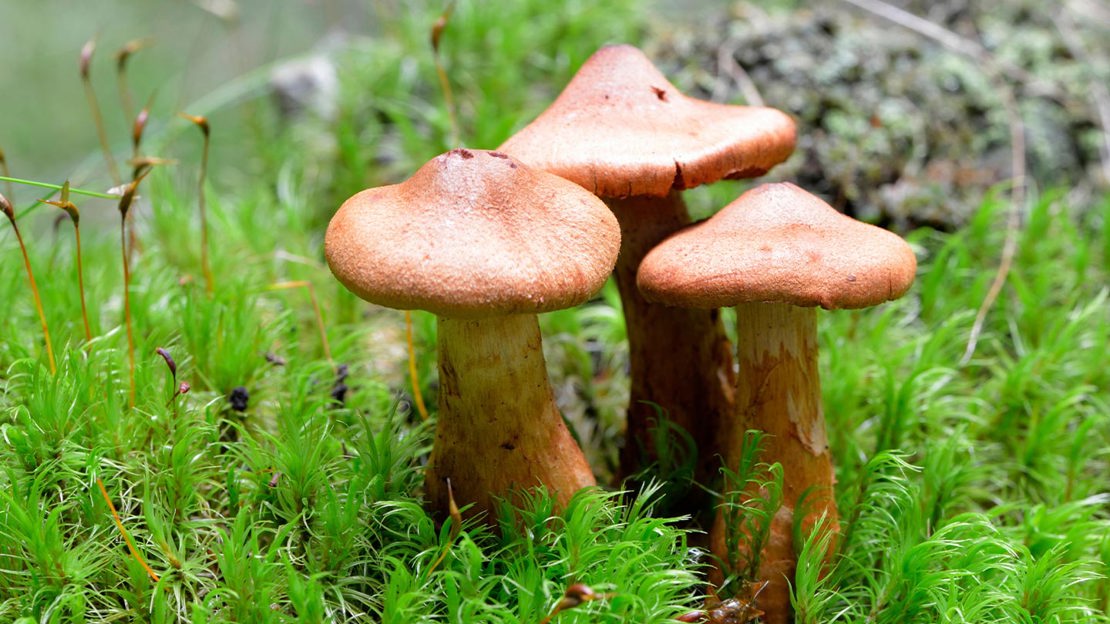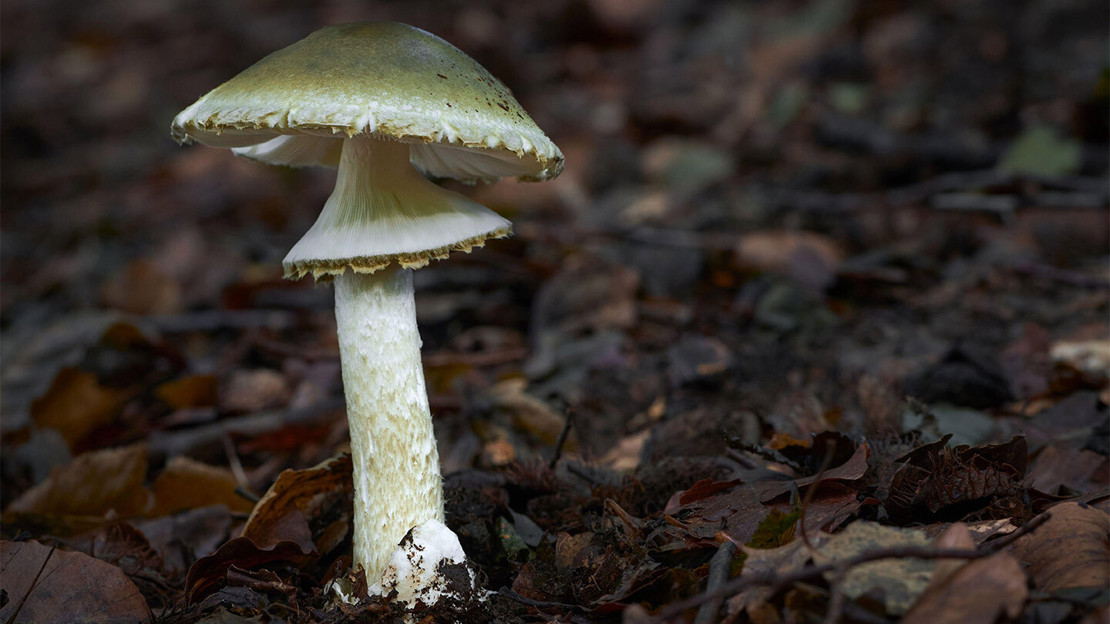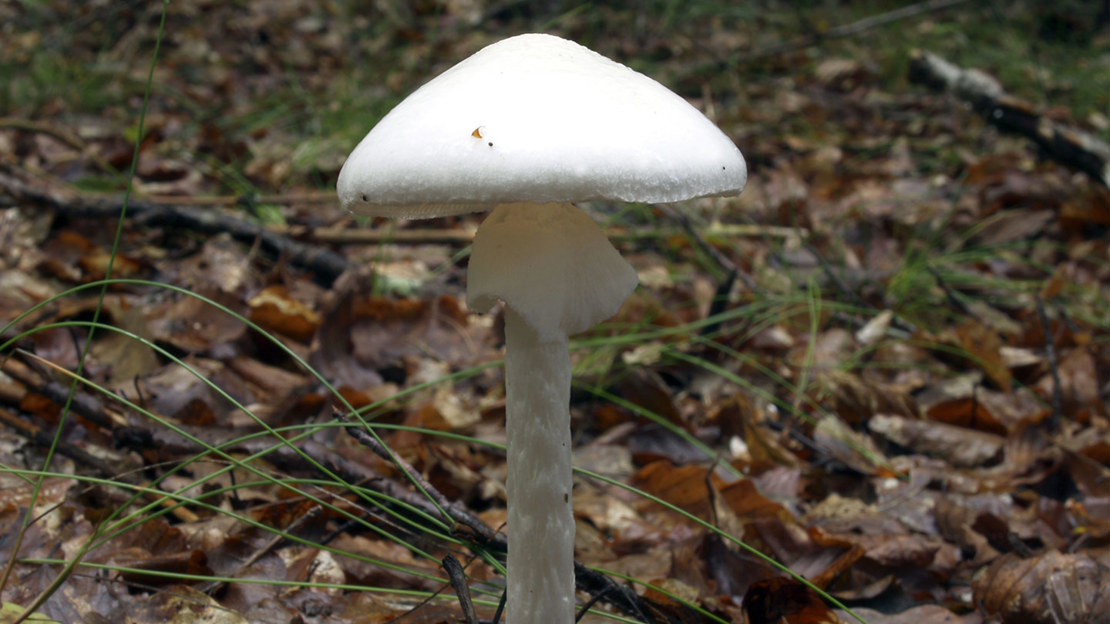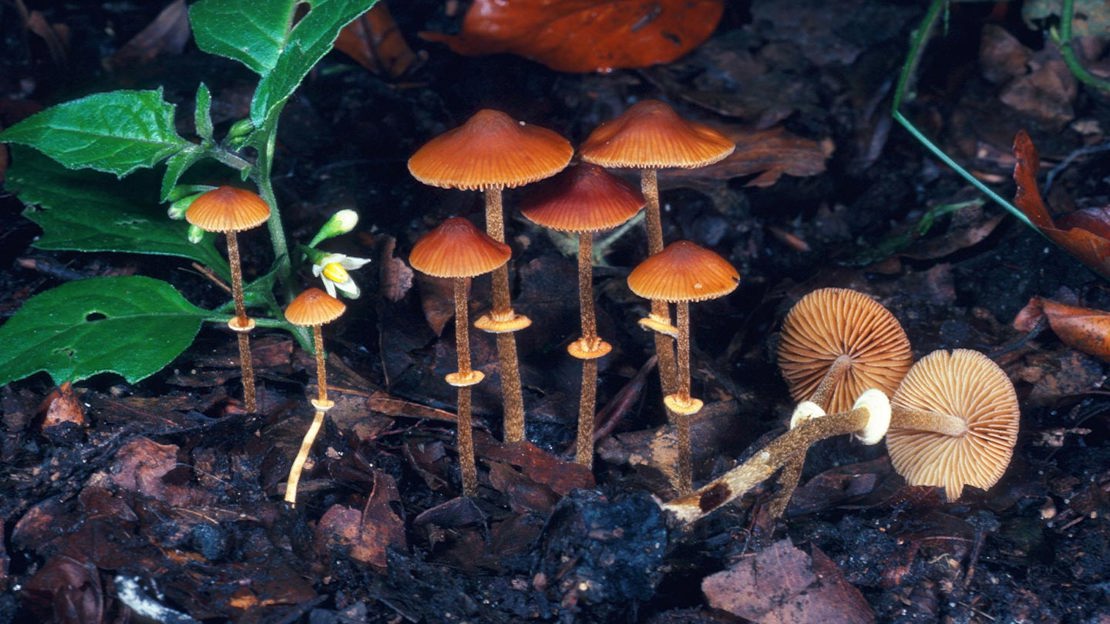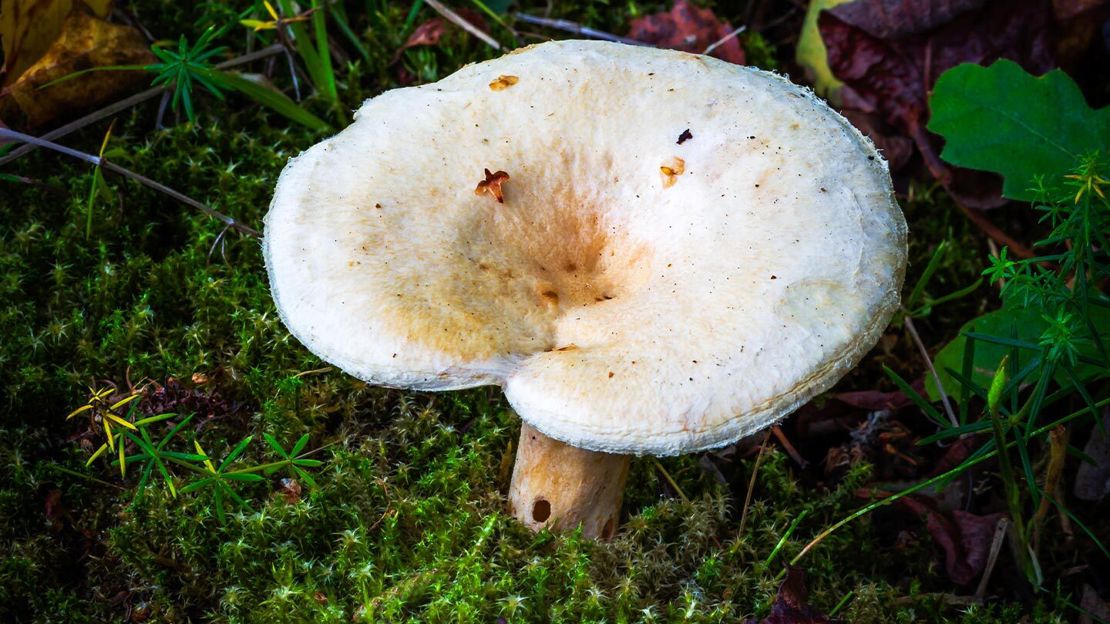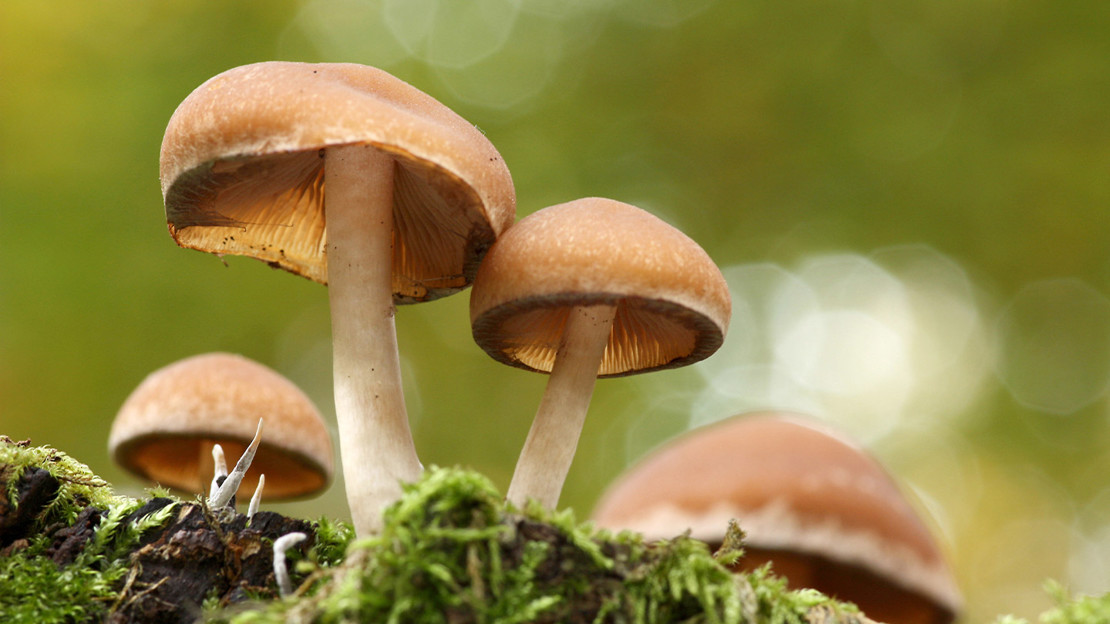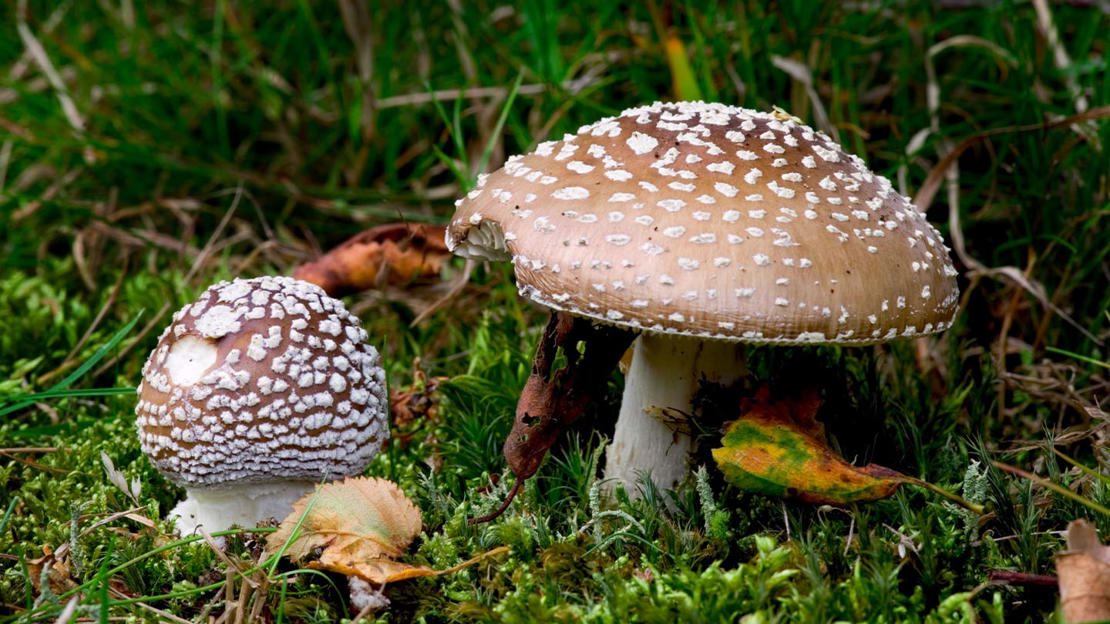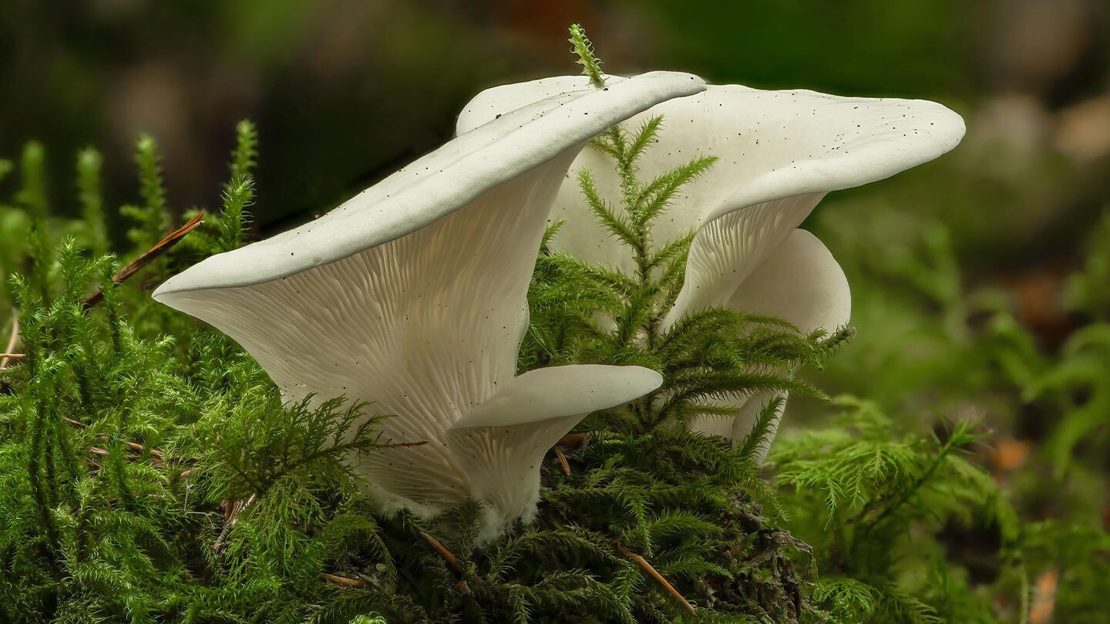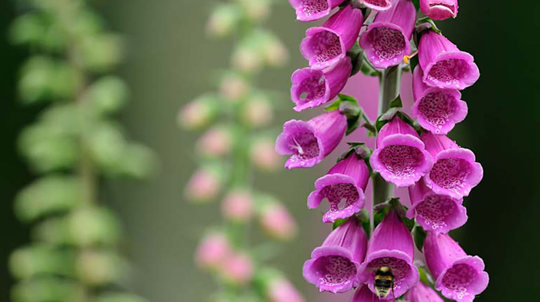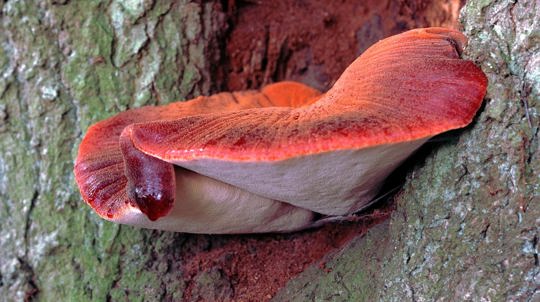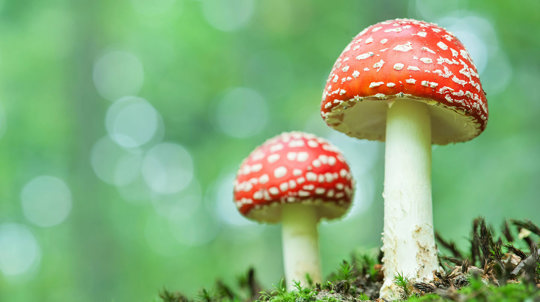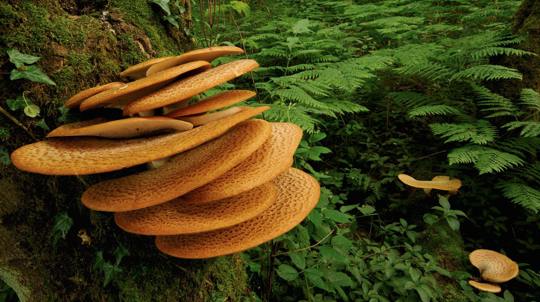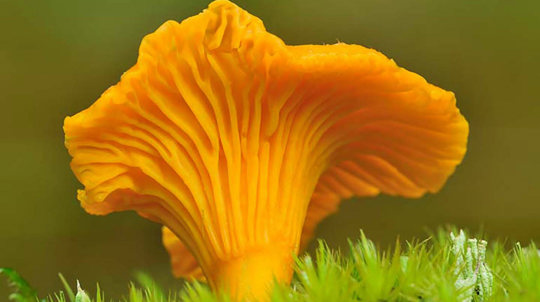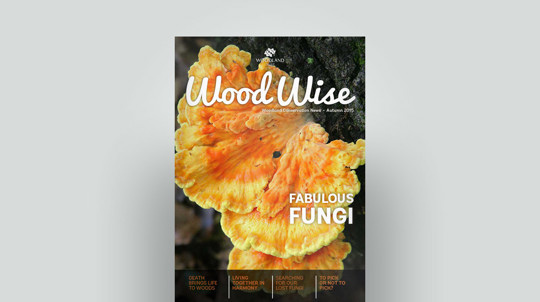This blog gives an insight into the UK’s most poisonous mushrooms. You should not touch or eat any fungus based on information from this blog as they can be poisonous.
This blog should not be used in any way as a definitive identification guide as we cannot guarantee the accuracy of the images. Fungi have an important role in the habitats they are found in and the safest thing to do is just look at them.



